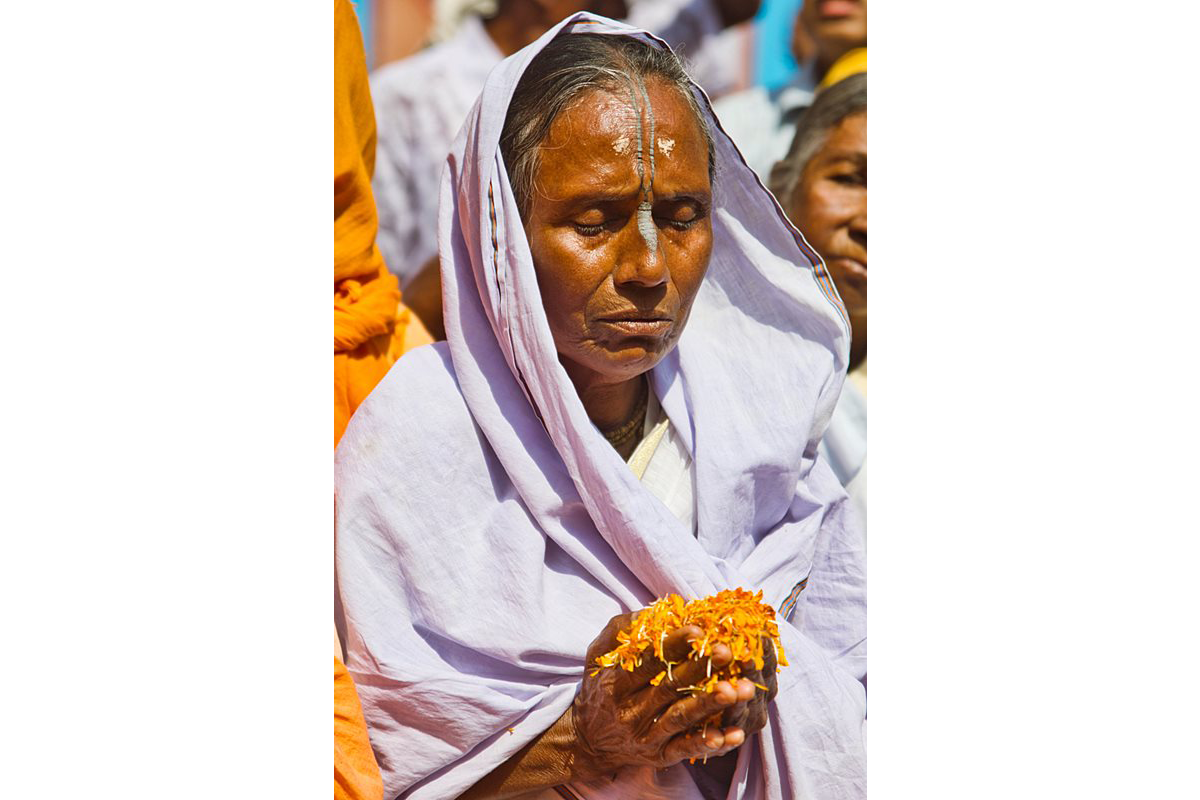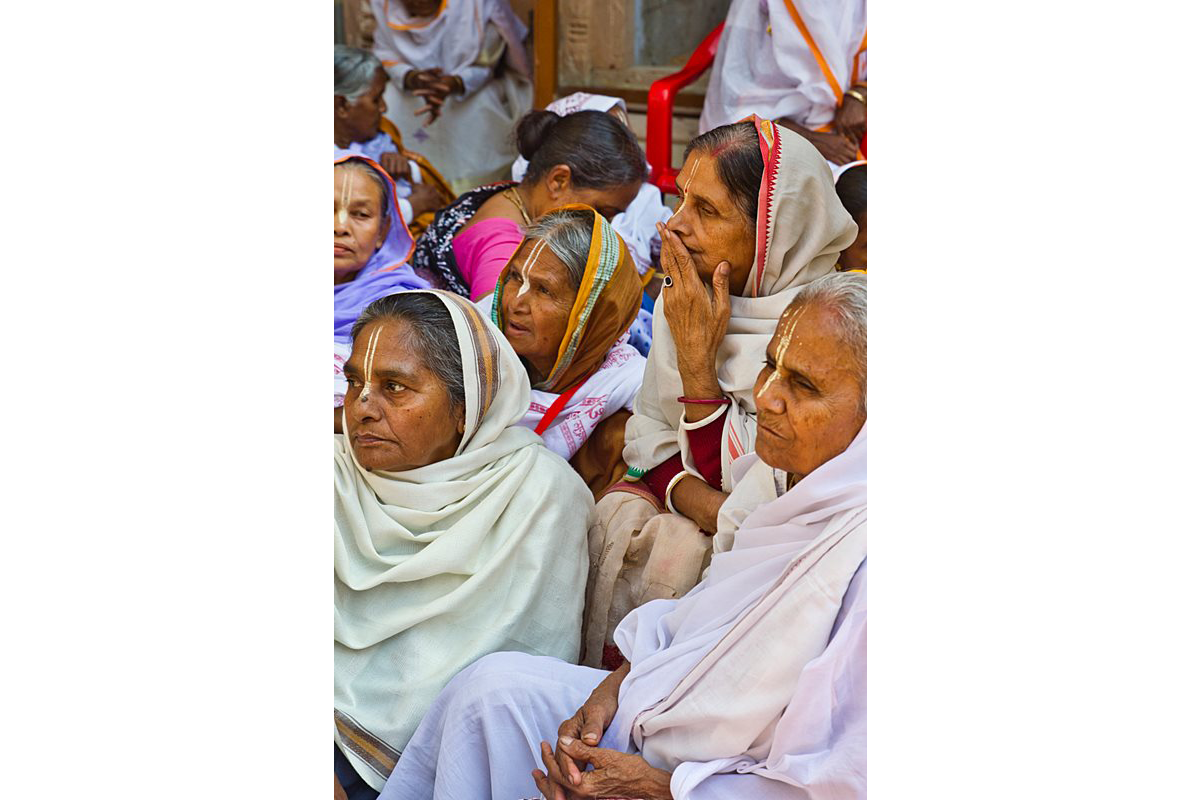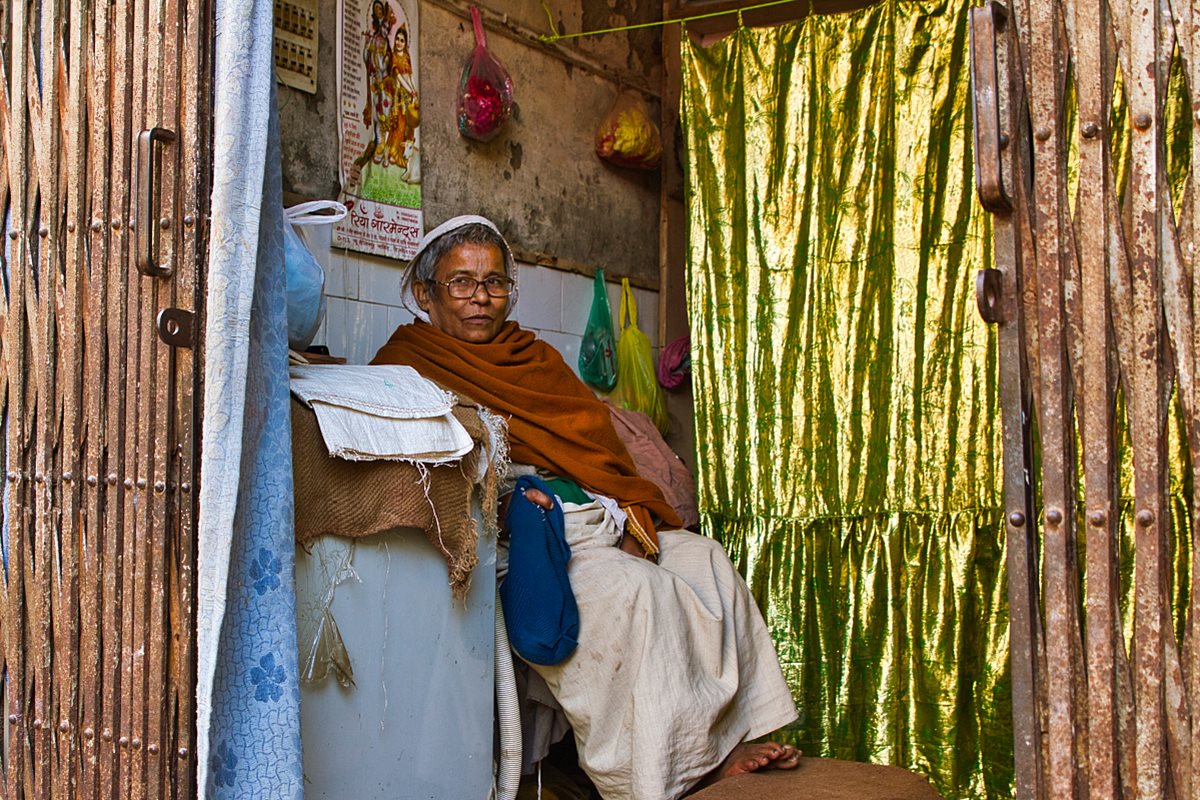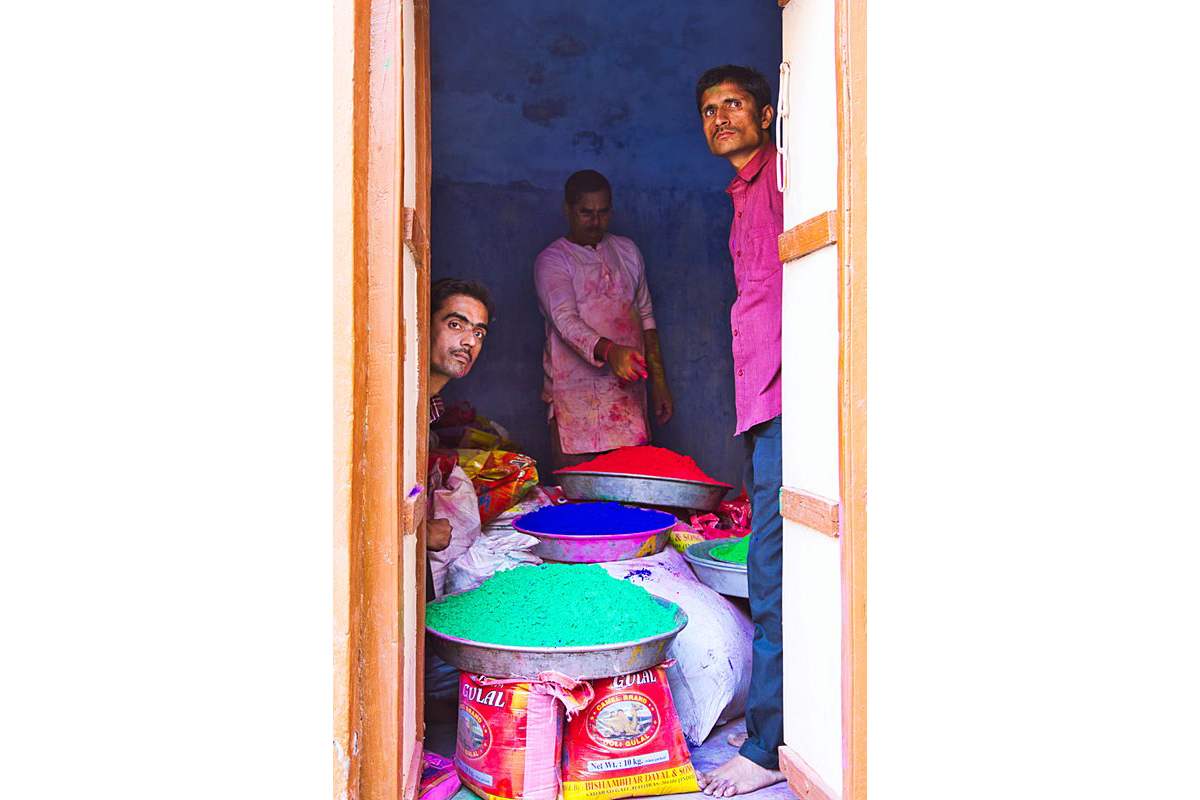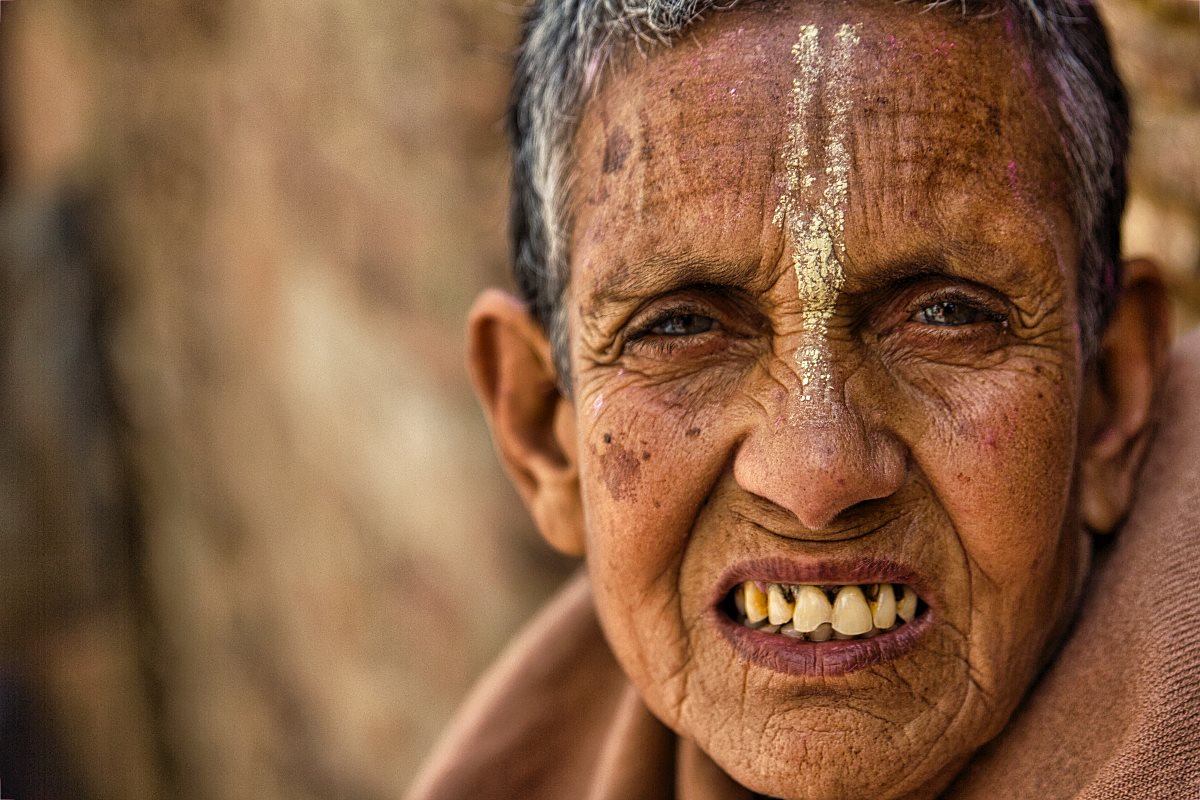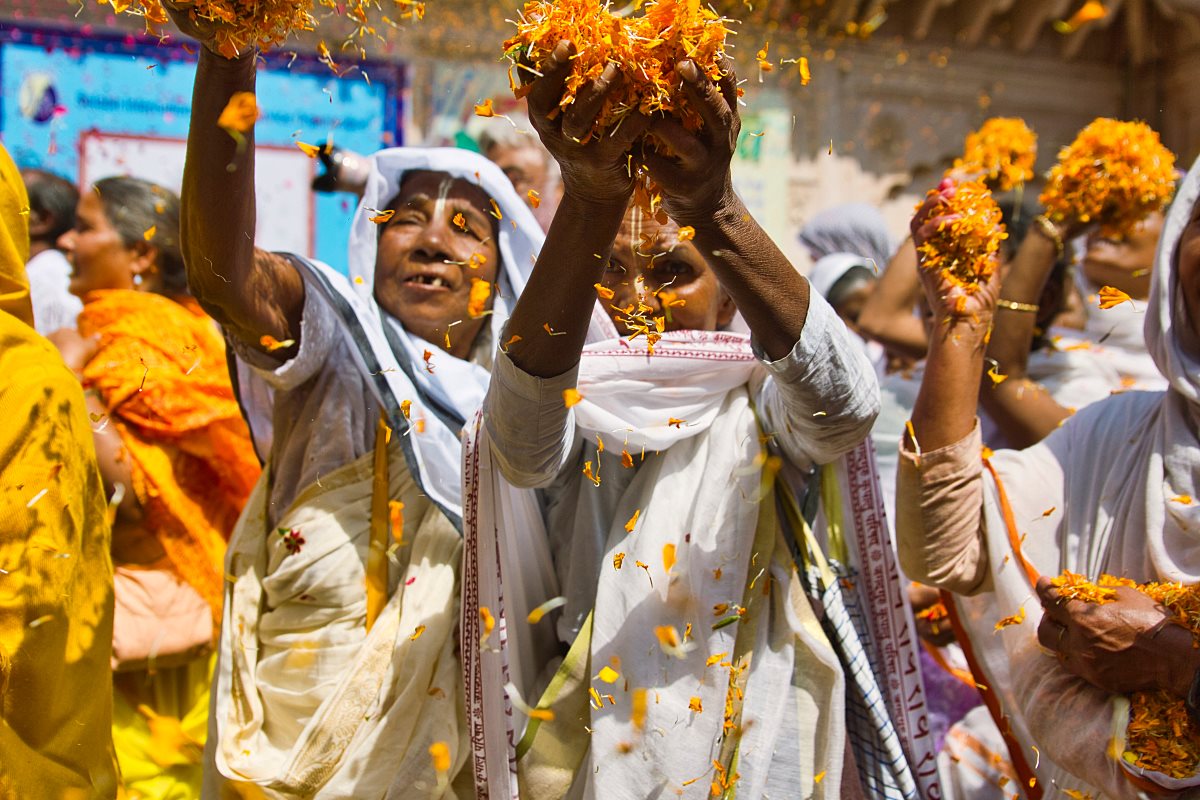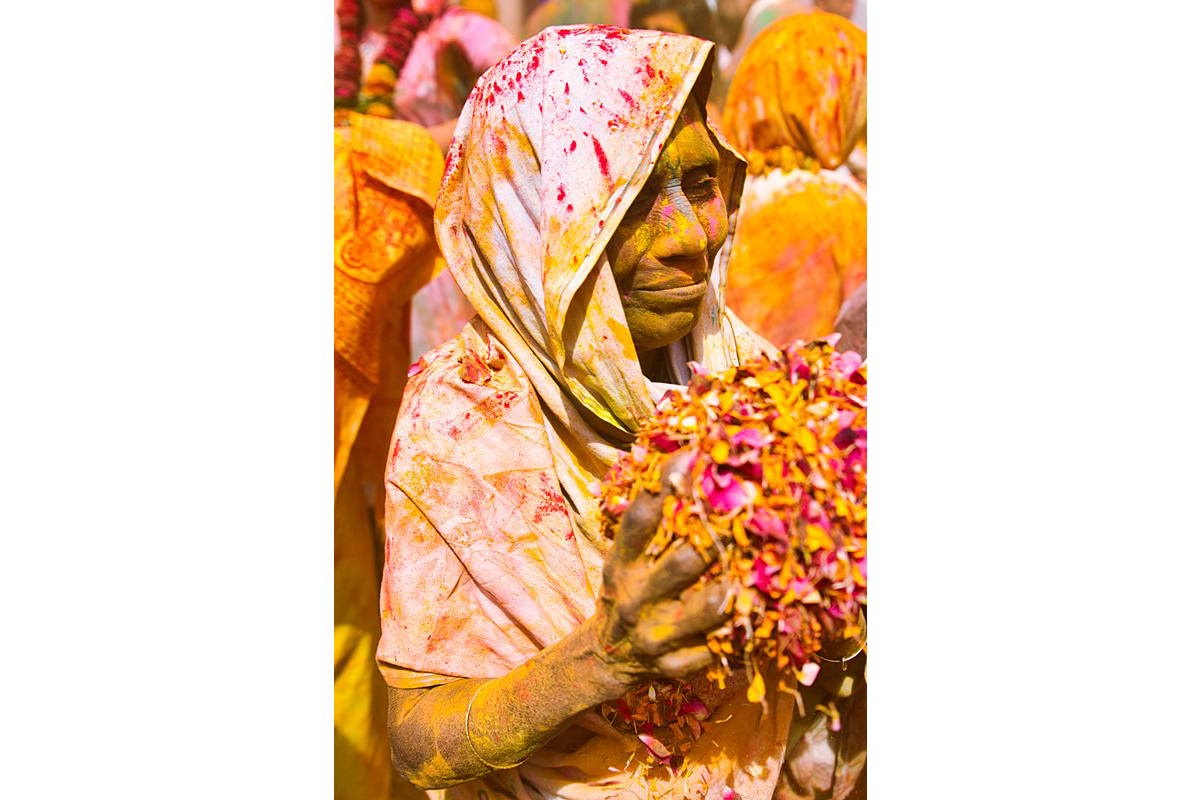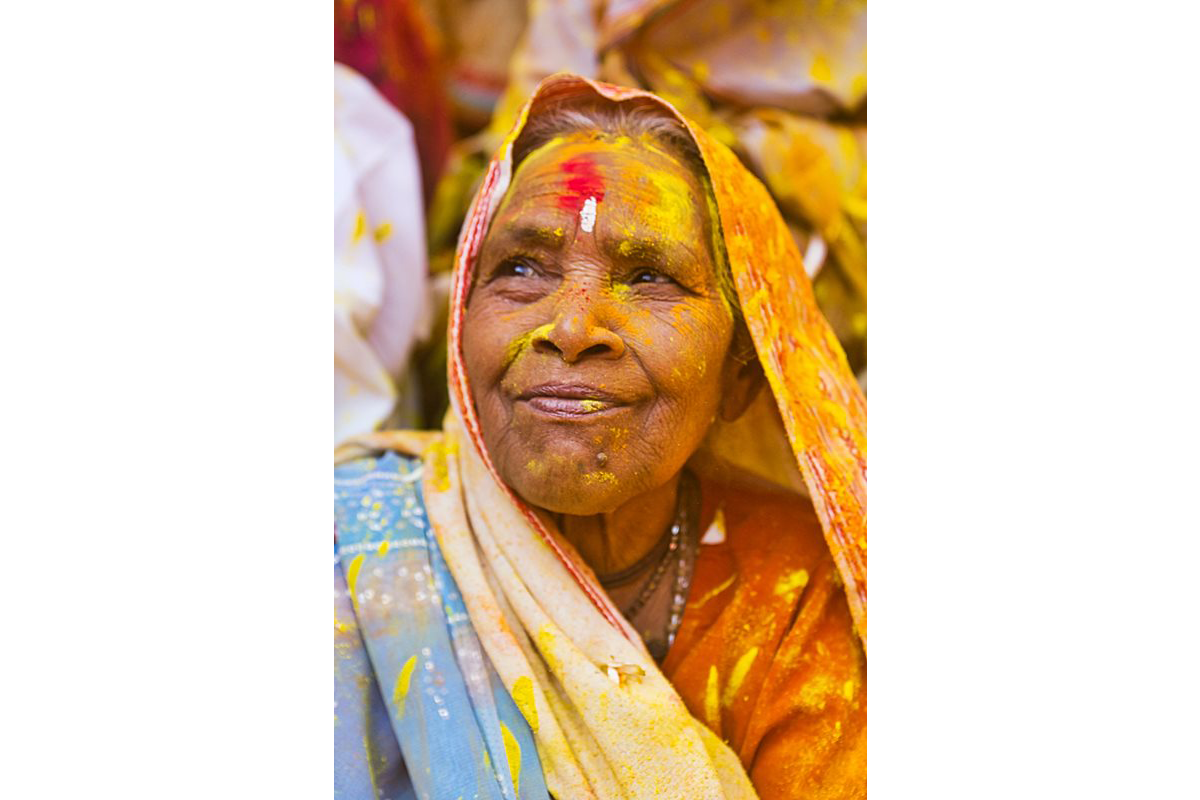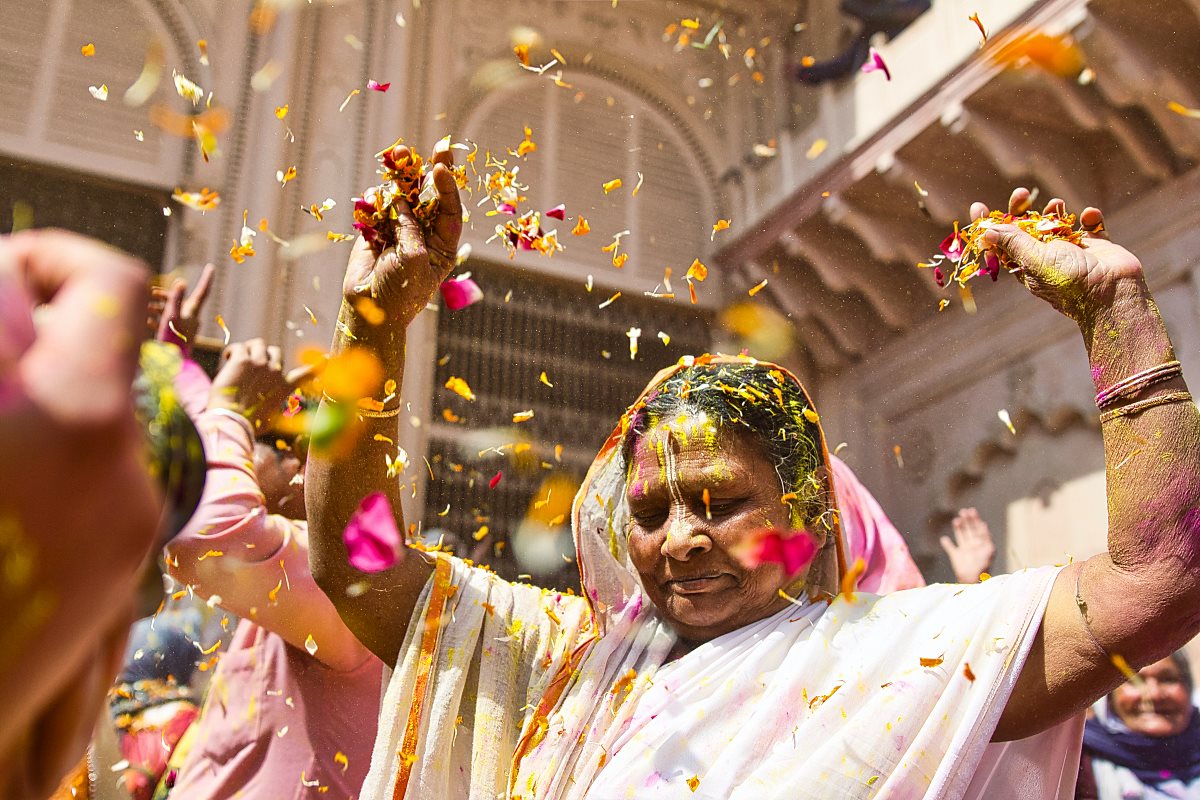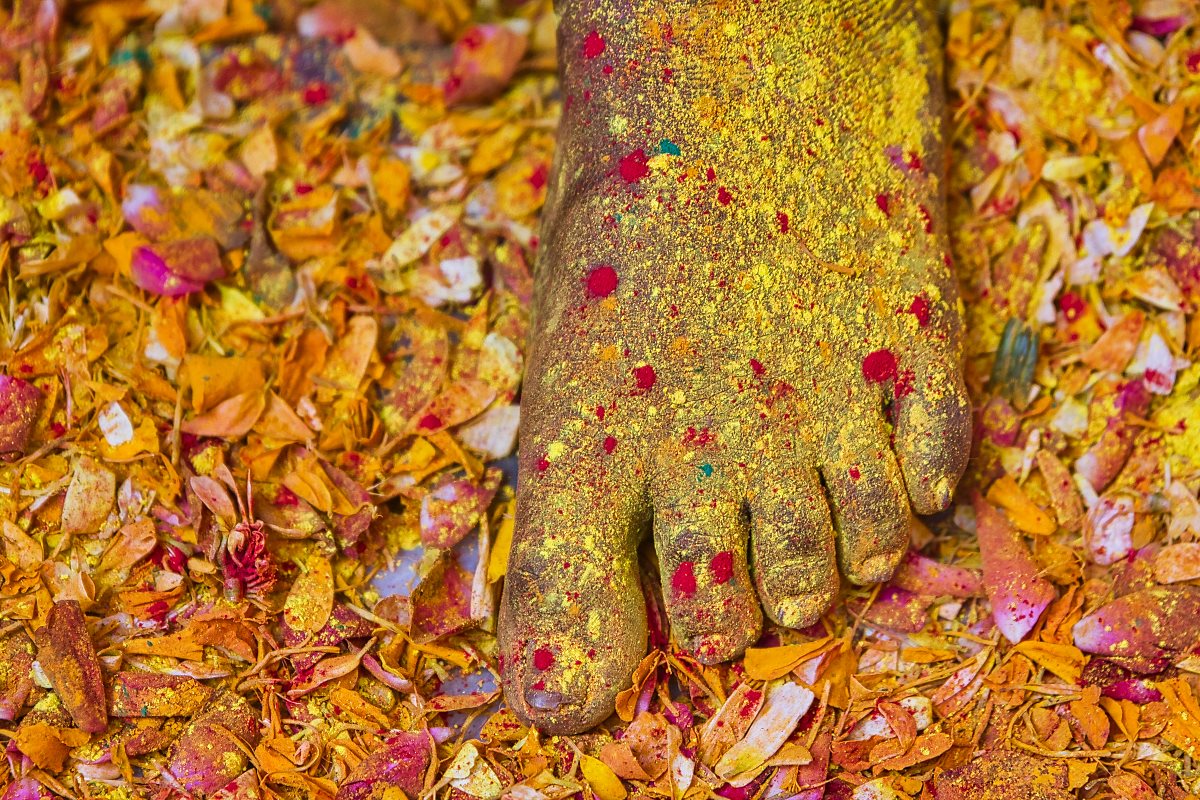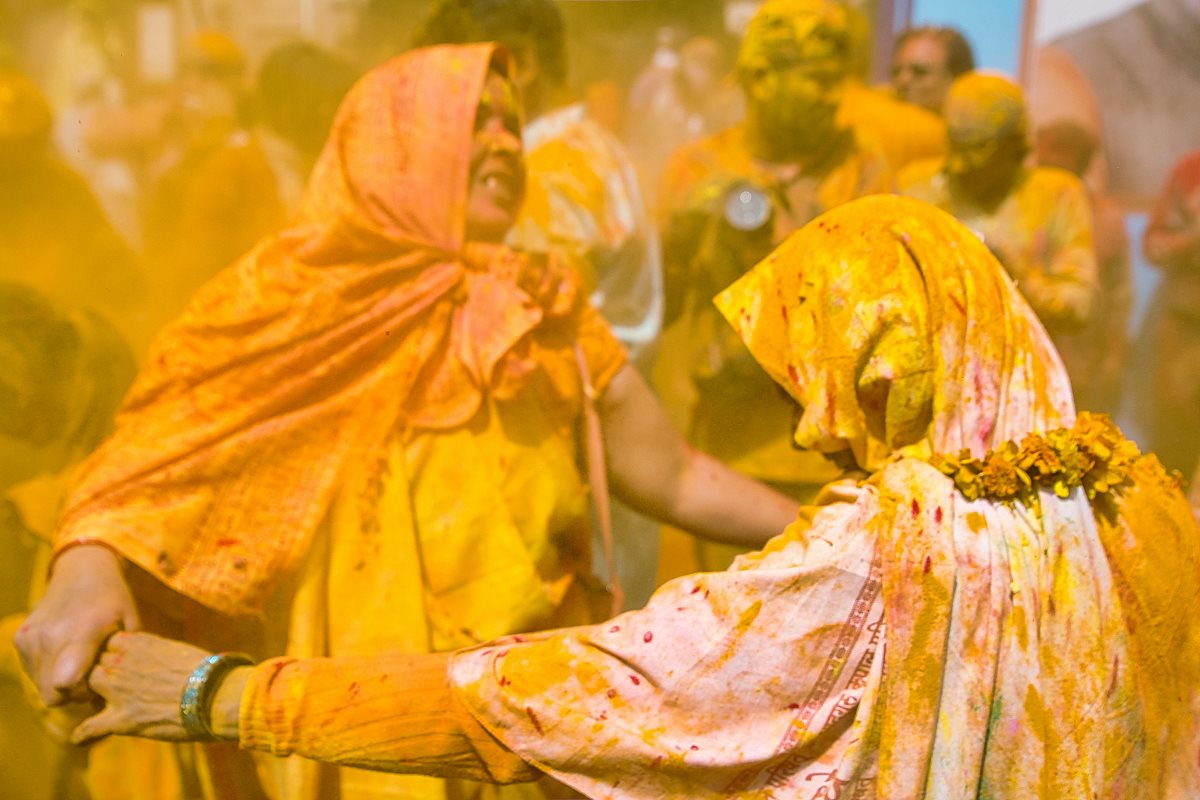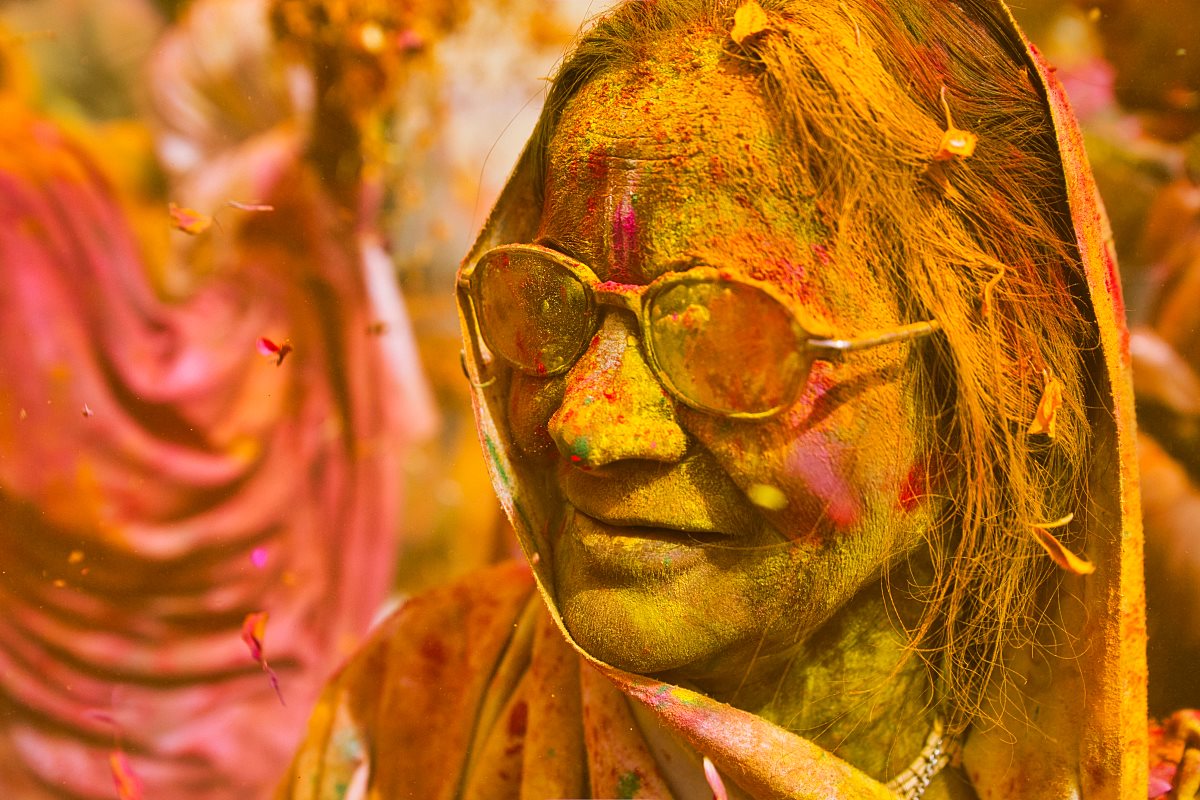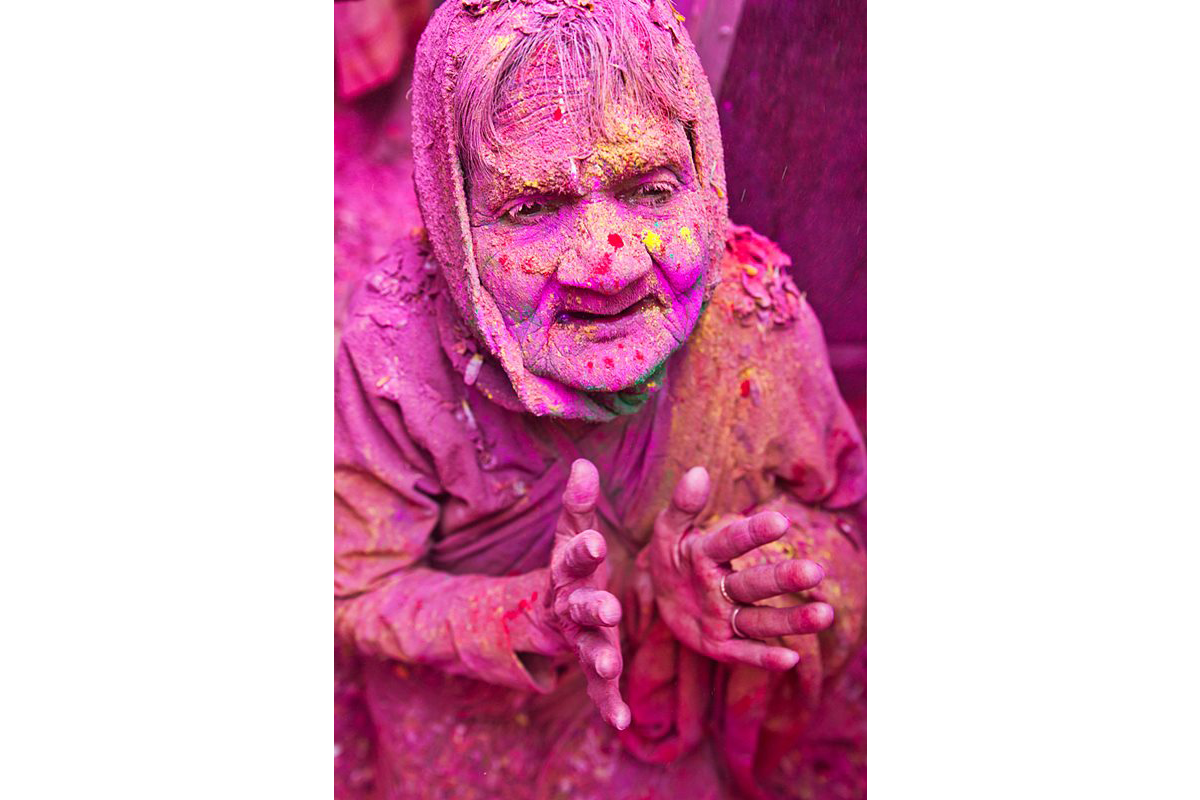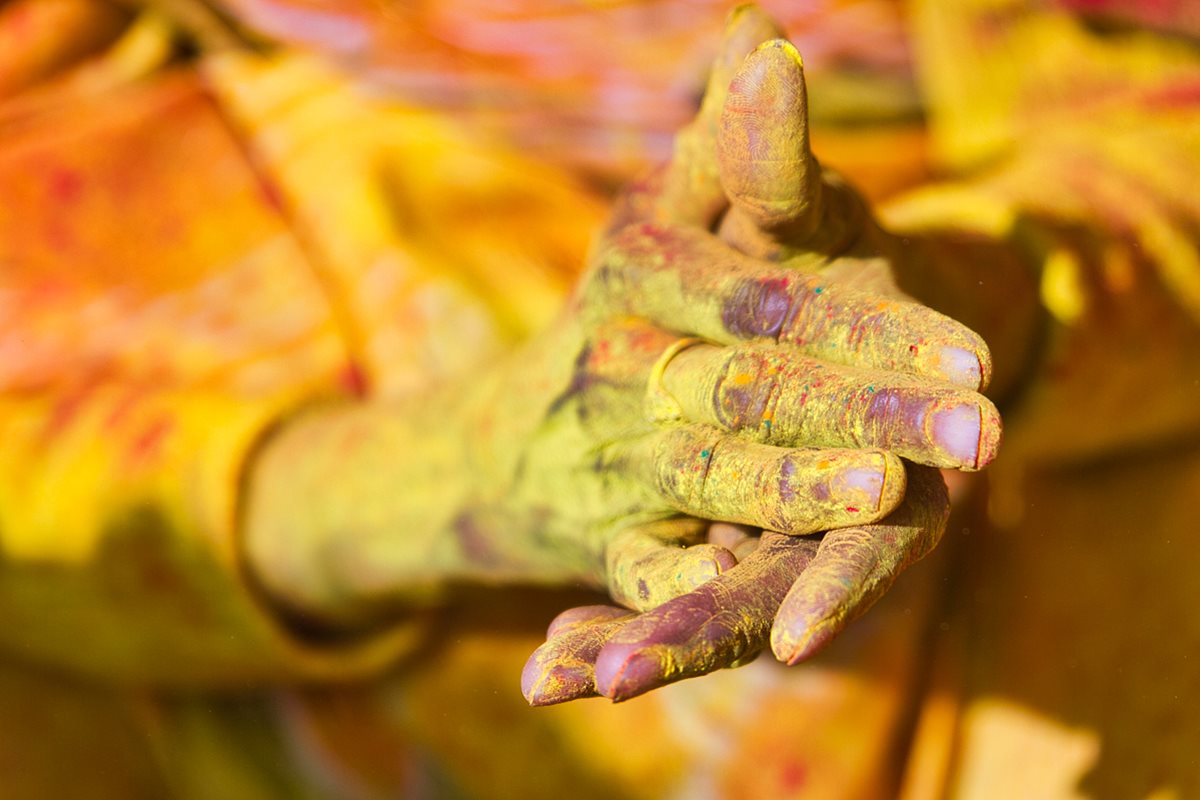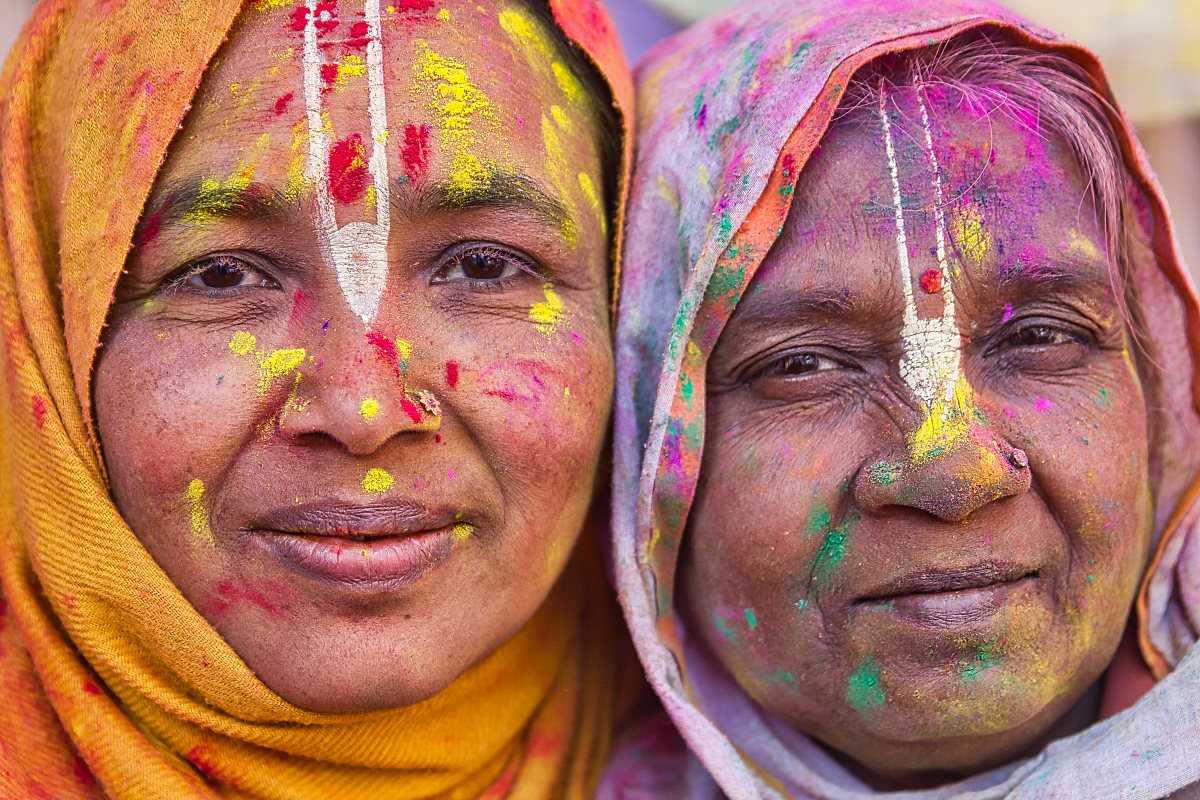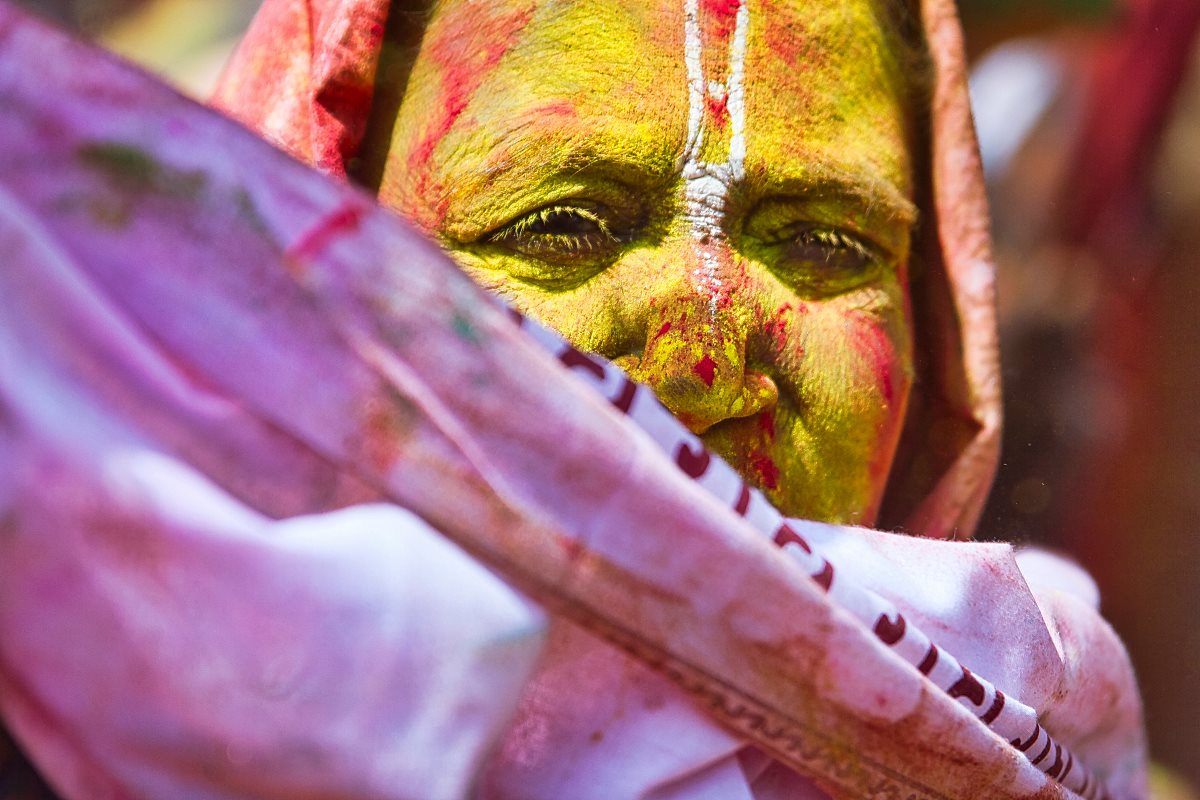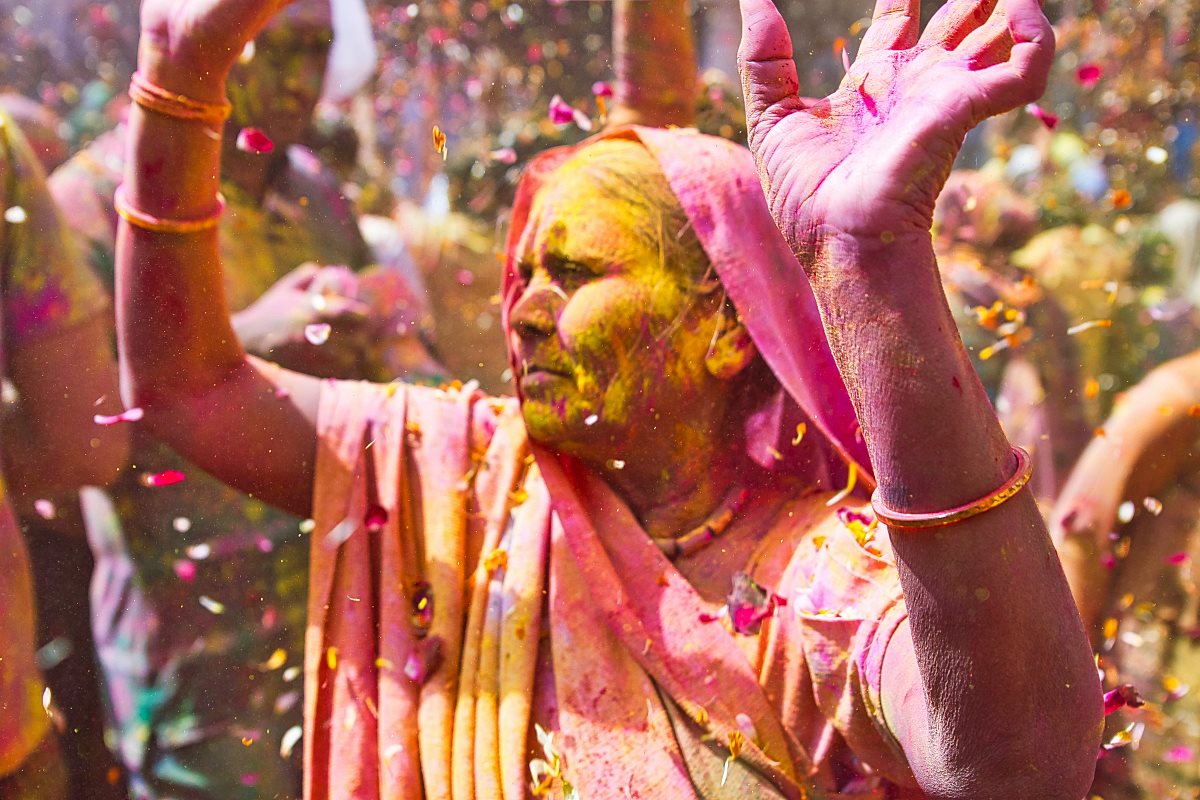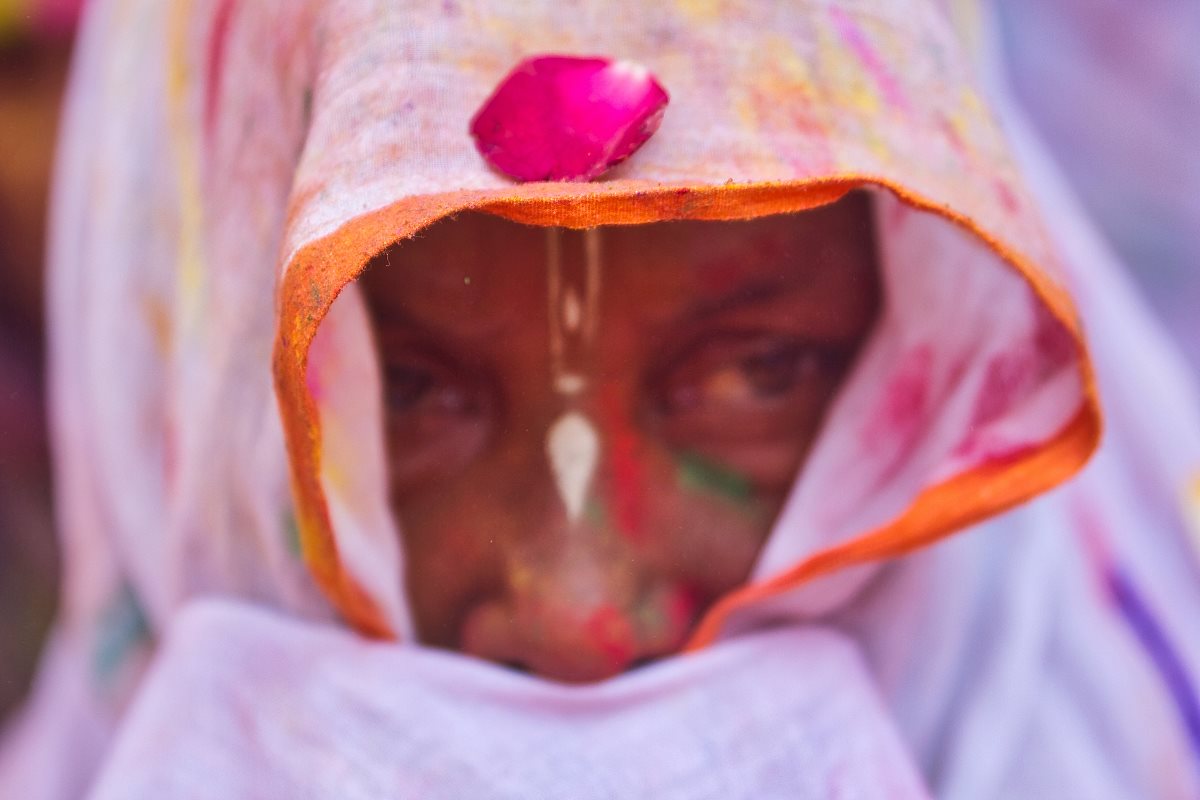Sitting on the banks of the Yamuna river, a few hours south-east of Delhi, India’s capital city, lies Vrindavan - a pilgrimage destination for the Hindus. Dedicated to the Hindu deity Krishna and his childhood sweetheart Radha, the city is crammed with temples and thousands of pilgrims with the deity’s name constantly on their lips.
But the city of Vrindavan is more than just a pilgrimage. To thousands of widows from the Hindu community, Vrindavan is a place of refuge – a source of shelter and food. Most of these Widows come from West Bengal, travelling more than 1600 kilometres to make it to this city, which is also aptly termed ‘The City of Widows.’
In many parts of India, widows are considered highly inauspicious and are ostracized in their villages. With no place to rest and no income to support them, they find their way to Vrindavan, joining thousands of others who have escaped the brutal treatment of their families or have been abandoned as unwanted baggage. Dressed in white, as is the Hindu custom for widows, one can usually spot them begging near the temples.
Each comes from a family that she belonged to before - each one a daughter, sister or mother to someone. Yet, everything changes once she loses her husband and ceases to be a wife. In her time of grief and greatest need, her family declares her hopeless and casts her out, forgetting that each widow is still a person, still a daughter or sister, and has a life of her own. In an instant, her sanctity as a human being, and all her relationships are discarded, while customs, rituals, and myths are given the utmost importance.
But once a year, an attempt is made to change that. The annual festival of Holi comes as a brief moment of celebratory freedom. Widows gather from all over the city, and partake in the festival, by throwing colours on each other. What makes this day special for them is that it gives them moments where they can truly celebrate socially, where they can reach out to others like themselves, even if it is to rub a little bit of colour on them.
The contrast from their everyday lives is clear to outsiders. The widows, who according to tradition are forbidden from celebrating Holi or even wearing coloured clothing throughout the year, now have a mélange of bright colour streaking their sarees in meaningless patterns.
This special day of Holi provides these women with an escape from their routine and lonesome lives and brings colour to their lives in the literal sense.
To them, the breaking of one tradition and the opportunity to celebrate once again points towards a hopeful future, where social injustices and age-old superstitions will be put to an end.
This is the story of the Colored Widows – the ones who have been abandoned to starve, and yet, live life in waiting for change, as slowly as it may come…
